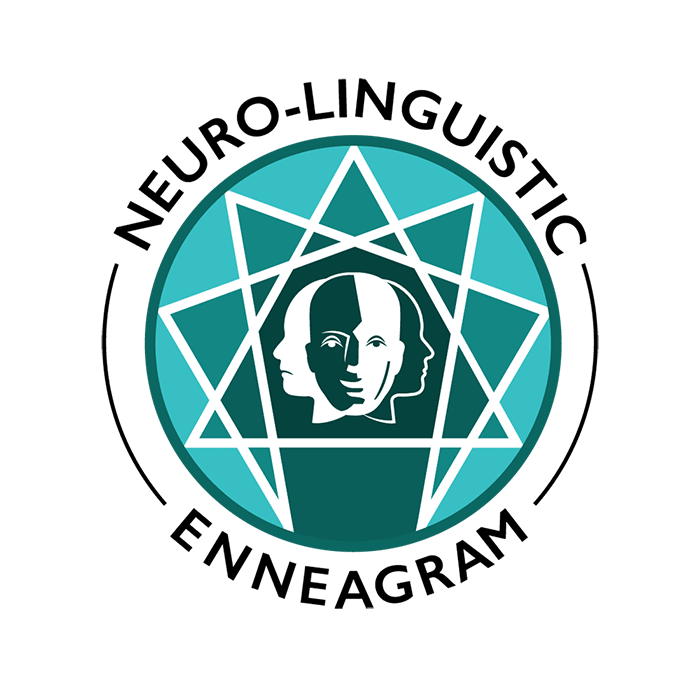Mind Transformations’ 7 Utilizational Presuppositions of the Enneagram
How we practise and teach the Enneagram
Enneagram Applications
Know your type
The presuppositions below explain how we at Mind Transformations practise and teach the Enneagram. It also serves as an effective guide to help people understand and learn the Enneagram effectively and wisely.
- The Enneagram does not put us in a box, it shows us “the box we are already in” – and also the way out.
- No single type is better or worse than any other. Therefore the Enneagram is NOT what you like or dislike; it’s about finding and accepting who you are.
- The best person to discover your Enneagram Type is – yourself, through patient self-observation & studying.
- Do NOT use one language, cognitive or motivation pattern to profile a person; that pattern may be shared by several types.
- Being compassionate & using other types to understand yourself is the first place to start using the Enneagram. Rather than trying to tell others how much you know about them.
- You have one “Home” type, maybe 1 or 2 “Neighbouring” dispositions, and 2 personality “Health” indicator qualities. The Enneagram is systematic rather than chaotic. We have the ability to tap into each Type’s resources through modeling.
- Depending on the personality “Health” of two people with the same type, they can be seen to display very different personalities. The “levels of health” descriptions of each type provides helpful explanations for their seemingly different behaviors.


